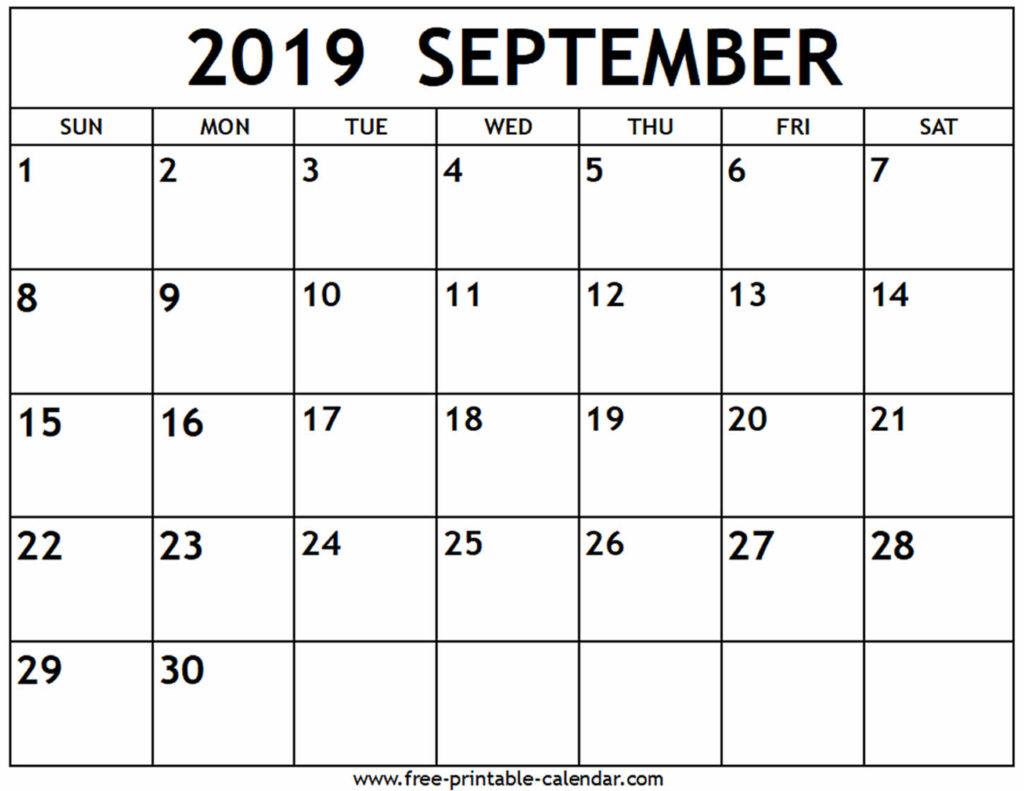Welcome to the Keep and Bear, LLC 30 Day Preparedness Challenge! We are on Day 6. If you are just joining us, please go to the intro post to learn more.
The purpose of this ‘challenge’ is to provide a paced and measured plan to fulfill some basic family preparedness needs. These needs are real-world, and applicable to the average family.
The below headings are the main survival priorities.
Positive Mental Attitude
In the Day 1 post, the task was to pick a book relating to positive mental attitude. To expand on that, it can be a book on success or mental improvement, such as the Seven Habits of Highly Effective People (a great resource), but it can also be about developing mental tenacity. If you haven’t already, google “books on positive mental attitude” or “books on success” and pick one you are interested in.
TASK: Read at least one chapter in your PMA book.
Air
No tasks for Air today!
Shelter
Yesterday we did an assessment of our skill set AND we started a common home repair book. For much of the remainder of the course, we are going to walk through many different home repairs, and populate our home repair book.
Please do NOT skip hardcopying this. The whole idea is to have a set of notes to work from in case power is out or data services are down.
TASK: Gather EVERY owners manual you have for every appliance and device. Start a library area for these. Whether an old file cabinet, a dedicated book shelf, etc. One place to go to. Arrange them in a way that benefits you.
TASK: Google and download softcopies of these manuals as well.
We start home repair items tomorrow. These manuals are the baseline materials used in troubleshooting and repair.
Hydration
We are going for 1 gallon of potable water per person per day for up to 7 days. That means with a family of 4, we need 28 gallons. This is a bare-bones amount suitable for average exertion in temperate weather. If you’re dealing with high exertion and hot weather, double the requirement.
TASK: Clean and fill at least two 2-liter bottles.
As a heads up, we will be filling two 2-liter bottles each weeknight for the entire challenge. If you would rather knock this out in one fell swoop, go for it!
Nutrition
Yes, we’ve been at this for a whole work week now, and today is the last day! Have you been taking notes? Assess your family’s eating habits. What has short shelf lives (like bread)? What has longer shelf lives (like boxed mac n cheese)? What has nearly indefinite shelf lives (like dehydrated foods, canned goods, or dry goods)?
TASK: Continue putting together a list of typical meals and their ingredients that consist of short, long, and indefinite shelf life items. Identify completed recipes that use at least long-life ingredients.
We’re going shopping tomorrow so ensure you’re keeping up with this!
Rescue/Mitigation/Repair
While we are sheltering at home, getting home can be very important. Furthermore, being able to find a family member who may be stranded is also important. Yesterday, we made maps to and from our workplaces and home’, and started really paying attention to our route. We’re going to keep that up.
TASK: On your normal way to work (Route 1), observe the route for natural hazards such as low areas, high traffic intersections, and other known issues. Also, observe for potential resources such as hardware stores, bike shops (if your vehicle becomes inoperative and it’s a long commute), water sources, and shelter areas. Note them on your maps.
Training
The rescue section and shelter section are also the training for today!


